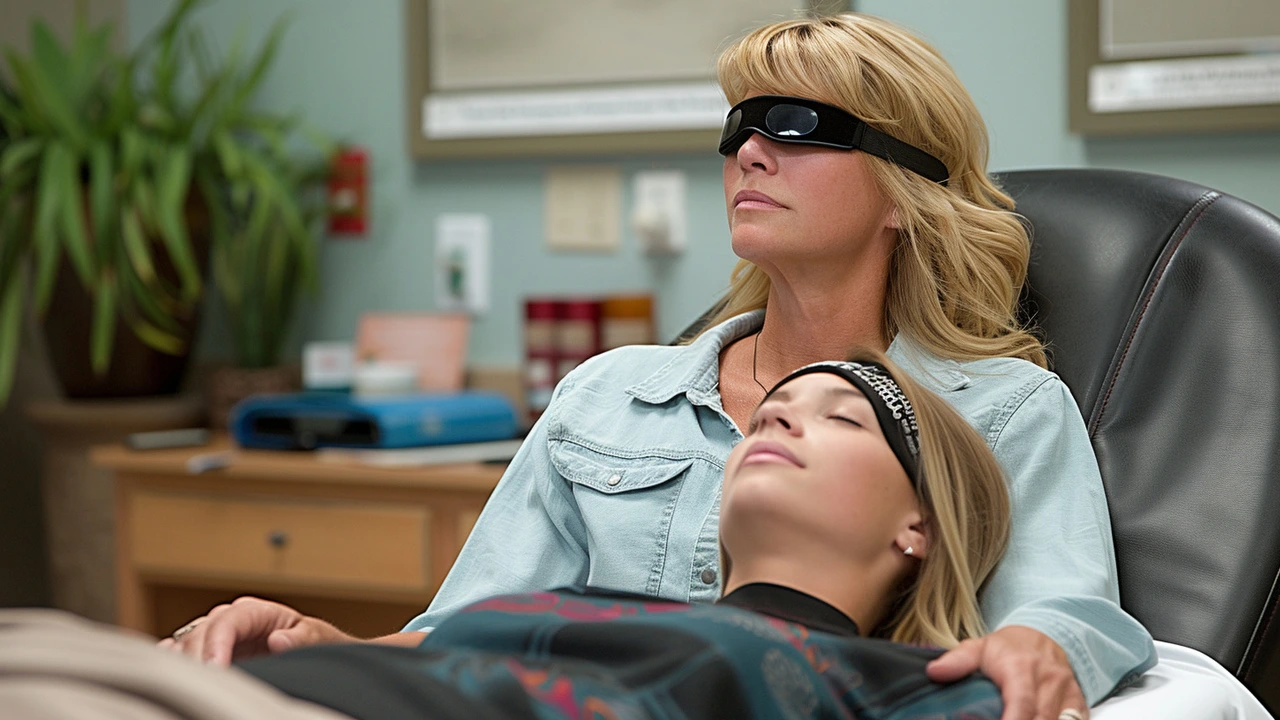Wellness trend: Which bodywork actually helps—and how to try it
Want real change, not just a trendy treatment? The wellness world keeps spawning new names: Feldenkrais, Hellerwork, Hilot, Kahuna, Ortho-Bionomy, snail facials, warm stone therapy and more. Some of these are surface-level fads; some give fast, lasting relief. This page helps you separate the useful from the noisy and shows how to try a few trends safely.
Quick trends to try and what they do
Feldenkrais and Hellerwork focus on movement and alignment. Expect gentle, guided movements or slow hands-on sessions that aim to change how you use your body. Great if you want better posture, fewer aches, and smarter movement patterns.
Hilot and Lomi Lomi pull from traditional cultures. They mix massage strokes with breathing and sometimes rituals. If you like a longer, flowing session that feels grounding, these are worth a shot.
Ortho-Bionomy and Rolfing are for deeper structural work. Ortho-Bionomy uses gentle positioning and movement to reset the nervous system. Rolfing targets fascia and posture—expect stronger pressure and a focus on long-term alignment.
Stone therapy and warm stone massage are simple: heated (or cooled) stones help relax muscles and improve circulation. They’re perfect for stress, winter blues, or soothing sore muscles after training.
Beauty-focused trends like snail facial massage are trendy for a reason: they combine gentle touch with active ingredients like snail mucin. These are skin-first choices rather than deep bodywork.
Palliative and blind massage are specialized. Palliative massage focuses on comfort in serious illness; blind massage highlights therapists trained to use touch with high sensitivity. Both ask for respect, clear communication, and experienced practitioners.
How to pick the right therapy and session
Ask three basic things before booking: What exactly happens in a session? How long should I expect to feel benefits? What are the risks or contraindications? A good therapist will answer clearly and give alternatives if you have injuries, pregnancy, or medical conditions.
Try a short session first. Many practices offer 30–45 minute intro appointments or express versions. Pay attention to how your body feels 48–72 hours after—some methods cause temporary soreness before improvement.
Practical tips: bring a list of injuries and meds, wear comfy clothes if movement is involved, and look for reviews mentioning safety and clear communication. If cost is a worry, ask about sliding scales, package deals, or community clinics teaching modalities like Feldenkrais or Ortho-Bionomy.
Want to test at home? Simple acupressure points, basic Feldenkrais moves, or a warm stone routine can be safe starters. Stop if anything worsens and consult a pro.
Wellness trends can change how you feel—if you pick the right fit and check the basics first. Use that 48–72 hour window to judge real benefit, and don’t be afraid to switch approaches until something clicks.

Blind Massage: A Wellness Trend You Can't Ignore
Hey there, wellness enthusiasts! I’ve got something new and intriguing to share. Have you ever heard of Blind Massage? Well, it's a wellness trend that's too big to ignore. Offering unique health benefits, blind massage therapy is an ancient technique making a modern resurgence. Join me on this journey of discovery, and understand why this hidden gem of wellness is all the buzz right now.
Categories
- Health and Wellness (148)
- Alternative Therapies (86)
- Massage Therapy (40)
- Travel and Culture (15)
- Beauty and Skincare (9)
- Holistic Health (8)
- Health and Fitness (5)
- Spirituality (5)
- Other (2)
- Personal Development (2)
Popular Articles

Your Health Matters: Unpacking Craniosacral Therapy
Apr, 13 2025

Kahuna: The Next Big Thing in Wellness
May, 24 2025

